

What are the different types of installation ?
Depending on your environment and your requirements, different techniques and different types of installation are available to you for installing your fence : long embedding, short embedding, welded base plates or even removable base plates. What are their particuliarities ? Discover the description of each of the solutions and our installation tips.
-
Installation techniques :
- Installation in forward sequence : First you have to install the first post before attaching the first panel to it, then the second post and so on (1 post, then 1 panel, then 1 post). This is a technique used for notched posts (AXOR® or AXIS®) and the H-shaped posts (AXYLE®).
- Traditional installation : it consists of installing all the posts and then attaching the panels. This technique is mainly used with posts with stainless steel brackets.
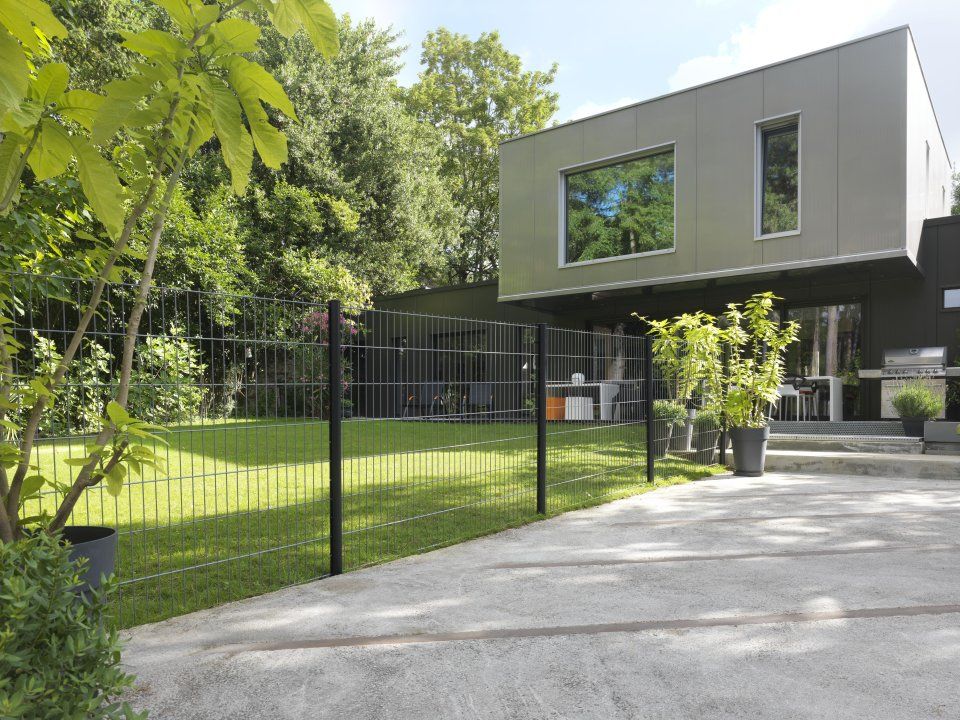
-
The types of installation
- There are 4 ways of fixing the fence posts to your fence :
Long embedding :
The aim is to fix the post deep into the ground
Advantages : the long embedding has the best mechanical performance thanks to its depth in the ground
Disadvantages : It requires almost professional tools to make the holes and it requires a large quantity of concrete.
Procedure :
1. Set the location of each post with stakes.
2. Tie a rope between each to define your fence lines.
3. Prepare holes 50-70 cm deep depending on the terrain and fence height.
4. Position the first post in the hole, hold it upright with wedges and check the level.
5. Pour the concrete and check the level regularly. Re-adjust if necessary.
6. When the concrete is dry, present the panel and fasten it either with the notches or with the metal or plastic clips. Use wedges for notched posts to keep the panel under tension and level horizontally.
7. Attach the second post when it is in the hole. Maintain everything level and fill the hole with quick-set concrete, measured at 250 kg/m3.
8. Wait for the concrete to dry and repeat the procedure for the remaining panels and posts.
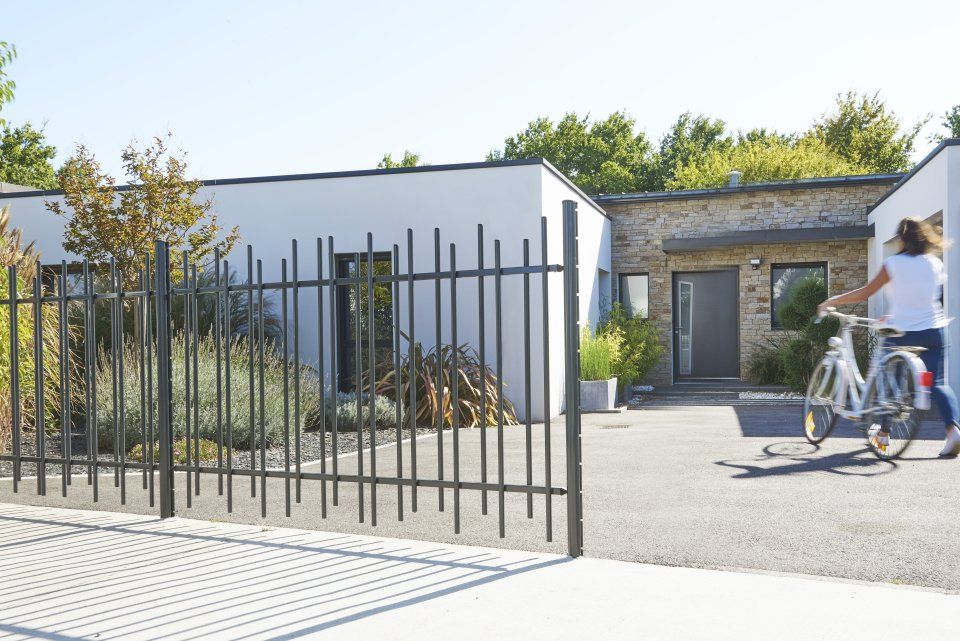
-
Short embedding
Also known as drilling installation, allows fixing the post deep into a wall.
Advantages : The short embedding allows a wall to be combined with a fence at the top. The advantage presented is the elevation of the boundary area to better protect from intrusions and/or preserve its privacy.
Disadvantages : It requires almost professional tools to make the holes and it requires a large quantity of concrete.
Procedure :
1. Mark the location of each post.
2. Prepare the holes to a depth of 20-40 cm.
3. Position the first post in the hole, hold it upright with wedges and check the level.
4. Pour the concrete and check the level regularly. Re-adjust if necessary.
5. When the concrete is dry, present the panel and fasten it either with the notches or with the metal or plastic clips. Use wedges for notched posts to keep the panel under tension and level horizontally.
6. Attach the second post when it is in the hole. Maintain everything level and fill the hole with quick-set concrete, measured at 250 kg/m3.
7. Wait for the concrete to dry and repeat the procedure for the remaining panels and posts.
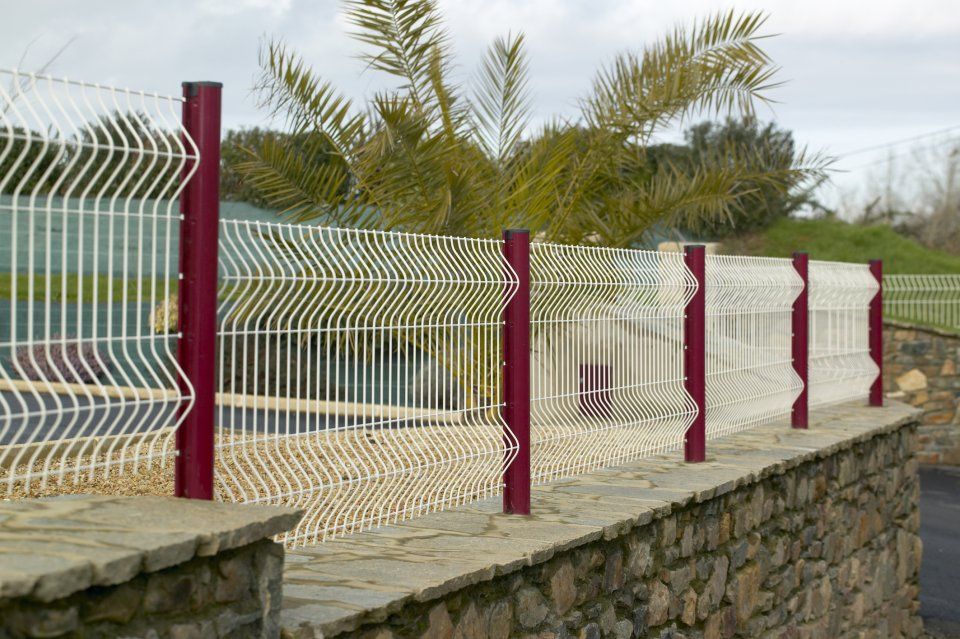
-
Welded base plates
This type of installation consists of fixing the post directly onto the concrete with screws.
Advantages : The installation onto welded plates allows a very fast fixing.
Disadvantages : This type of installation is not recommended with privacy slats exceeding 1m20 with AXOR® posts or 1m50 with AXIS® or AXYLE® posts.
Procedure :
1. Mark the location of each post.
2. Position the first post.
3. Secure the post with the appropriate screws at the fence height and to the post.
4. Present the panel and fasten it either with the notches or with the metal or plastic clips. Use wedges for notched posts to keep the panel tensioned and level.
5. Attach the second post to the plate and place clips or wedges.
6. When the panel is under tension, attach the plate to the ground.
7. Repeat the procedure for the remaining panels and posts.
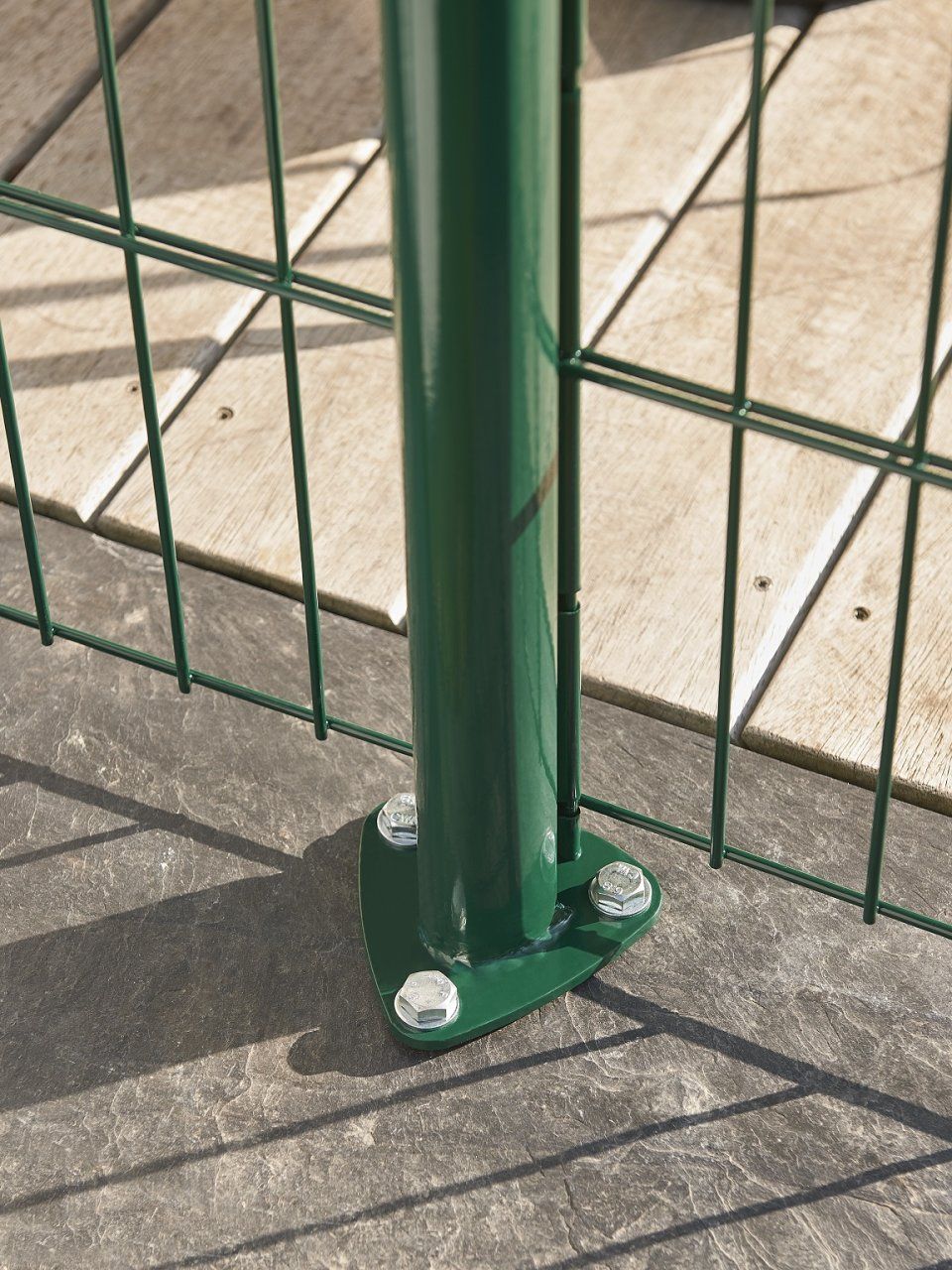
-
Removable plates
This type of installation consists of sliding the post into a removable plate (also known as a sleeve plate). The latter will then be attached directly to the concrete with screws.
Advantages : The installation onto removable plates allows a very fast fixing.
Disadvantages: Depending on the plate chosen, you will have the possibility to put a higher or lower fence and sometimes to add privacy slats.
- For notched posts, privacy slats are not recommended and you can only install a fence 1m high.
- For the AXYLE® H-shaped post, the small model of sleeve plate allows you to go up to 2m without privacy slats and 1m50 with privacy slats depending on the geographical area. The large model of plate provides the same mechanical performance as the embedded post. You can therefore add privacy slats to your fence up to 1m90 in certain areas. For this, refer to the wind map.
Procedure :
1. Mark the location of each post.
2. Drill the number of holes necessary for fixing each plate and place the corresponding rawlplugs in them.
3. Secure the first plate with the screws. Insert the post into the plate (if necessary tighten the screws of the plate on the post).
4. Present the panel and fasten it either with the notches or with the metal or plastic clips. Use wedges for notched posts to keep the panel tensioned and level.
5. Fix the second post into the plate then attach the post with its plate to the panel. Place clips or wedges.
6. When the panel is under tension, attach the plate to the ground.
7. Repeat the procedure for the remaining panels and posts.
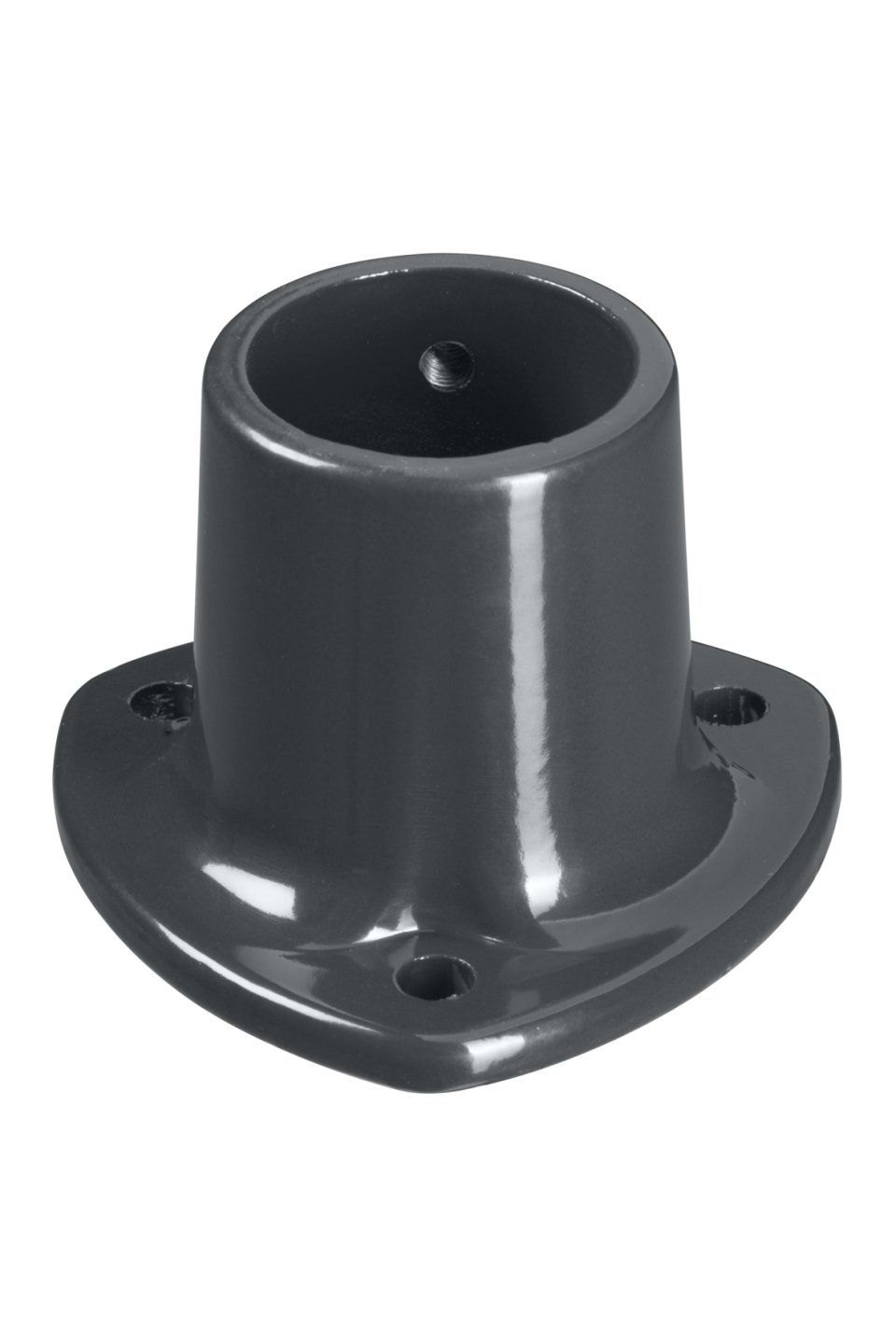
-

